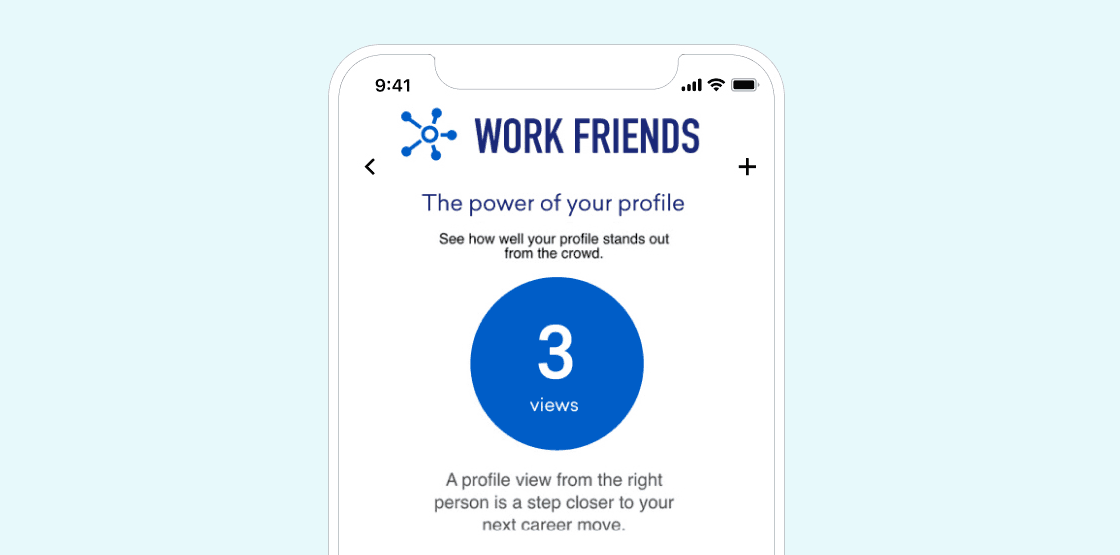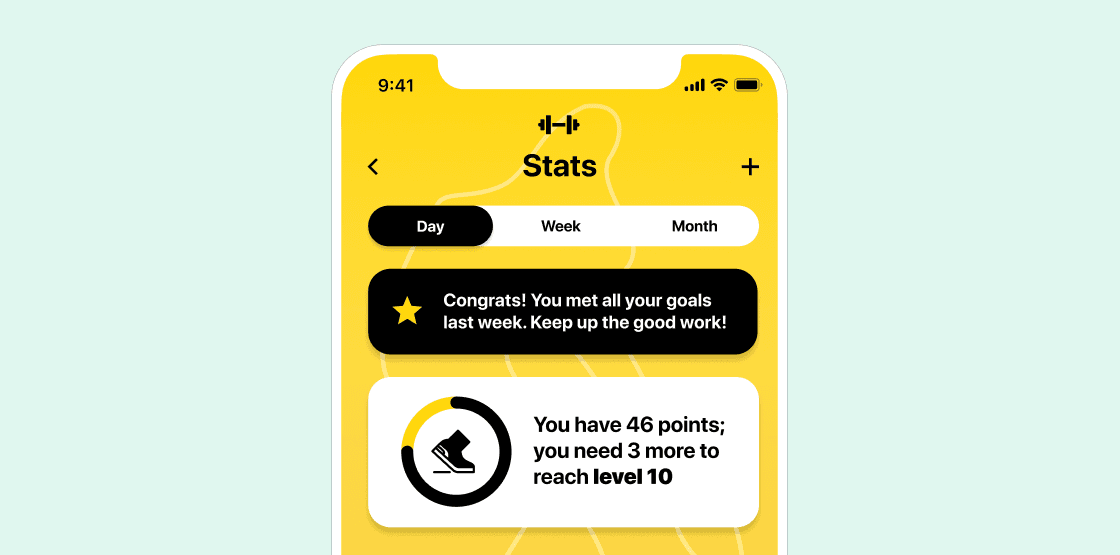What Are Active Customer Campaigns?
Published on September 30, 2020/Last edited on September 30, 2020/5 min read


Team Braze
When we talk about messaging campaigns, there’s often an expectation that the people that brands are looking to reach are either new users or former customers who have drifted away. And, yes, that’s often true. But while these are both key audiences for customer engagement efforts, if you focus your efforts exclusively on them, you’re missing out on one of the most impactful groups of your users: Active customers.
What Are Active Customers?
It’s simple: An active customer is someone who’s already engaging with your brand’s digital experience (that is, your mobile app, your website, and/or the messages you send) on a regular, ongoing basis. These customers are the core of your business, the people who keep coming back—and the more effectively you can speak to them and nudge them to maintain that engagement and take key actions, the more impactful it will be on your business.
What Constitutes an Active Customer Campaign?
While any campaign that’s being targeted to your active customer base could be considered to be an active customer campaign, in a true active customer campaign the purpose of the outreach is to deepen the recipient’s relationship with your brand and increase the odds that they engage more frequently, make more purchases, or carry out other actions that are important to your brand’s goals.

What does that look like? Often, it means sending in-app reminders, emails, and push notifications that encourage users to check out new features or services are some of the most common ways these campaigns show up in customers’ day-to-day lives. When social networks send you email notifications telling you how many people have viewed your profile in a given week, that’s an active customer campaign. The same goes for a weekly newsletter highlighting new content to your regular readers, or an in-store event announcement sent exclusively to highly-engaged customers.
Why Do Active Customer Campaigns Matter?
Today’s customer engagement landscape is so crowded, noisy, and competitive, that brands can’t safely assume that a customer who is currently active will necessarily stay that way. To maintain their audience, marketers have to think about every part of it, including people who may not seem at risk today.
It’s also worth noting that the past few years have seen a pivot away from acquisition marketing (getting new customers) and towards retention marketing (keeping those customers you already have). If you’re able to convince new users to engage with your app or site in a regular and consistent way, you’re in a great position to retain that audience and build a stronger relationship with them. This consistency is critical, and you might be surprised by how rapidly a customer can be lost and how important the early stages of customer involvement are.
How Can Marketers Send Effective Active Customer Campaigns?
Active customer campaigns can be more than just a series of reminders. Done right, they can be a highly flexible, highly impactful lifecycle program that can keep your brands’ users engaged long after their honeymoon period with your app or website. At the core, these campaigns are about keeping a connection going with your brand—and to do that, you need to understand what motivates your specific users and lean into it.

What does that look like in practice? Imagine that your app has a business model that’s built around regular, low-effort engagement with your customers—for instance, a fitness app that’s looking to convince users to track their workouts each day. You could send your users a weekly progress report email, letting them know how they’re progressing toward their fitness goals, and supplement that with action-triggered push notifications letting them know when they’re about to hit a fitness milestone...or are about to miss one if they don’t log a workout soon. This approach encourages a high user retention rate while also fostering deeper levels of engagement, which is one of the prime targets of a successful active user campaign.
The truth is, people need a reason to continue visiting your app or site, and successful active user campaigns will give them that. You can accomplish this by:
- Pointing out new features that your active users might not know about or that they haven’t explored yet
- Using past user data to personalize your approach to individual customers
- Offering rewards for brand loyalty, including discounts and other incentives to stick around
Because user retention efforts need to begin early, a successful active user campaign should be rapid and impactful, which means providing a personalized experience is critical. 90% of today’s consumers feel frustrated when they receive messages they perceive as irrelevant, so make sure you’re thinking about the recipient’s experience with every piece of outreach you send and doing what you can to provide relevance and value every time.
Another pro-tip? Make sure you’re taking full advantage of inside-the-app/website messaging channels like Content Cards and in-app or in-browser messages. These message types are build into the brand experience of your app or website, allowing them to seamlessly communicate with anybody actively visiting your website in an impactful, unobtrusive way. That’s not to say that beyond-the-app/website channels like SMS or email aren’t important tools for active customer campaigns, but brands would do well not to sleep on inside-the-app channels when thinking about this part of their messaging strategy.
Anything Else?
Active customer campaigns are a key arrow in your quiver when it comes to maximizing the impact of your marketing efforts—but they’re not the only thing you should be focusing on. In today’s challenging, fast-changing marketing landscape, brands need to take a strategic approach to build strong customer relationships and meet their business goals.
To learn more about what effective customer engagement looks like today, check out Braze’s new e-book, Humanity in Action: What Customer Engagement Is, Why It Matters, And What You Need to Know.
Be Absolutely Engaging.™
Sign up for regular updates from Braze.
Related Content
View the Blog
How behavioral marketing turns data into personalized experiences

Team Braze

Experience optimization: Turning data insights into better journeys

Team Braze

December 2025 Bonfire Marketer of the Month: Jagex’s Emma Oliver
